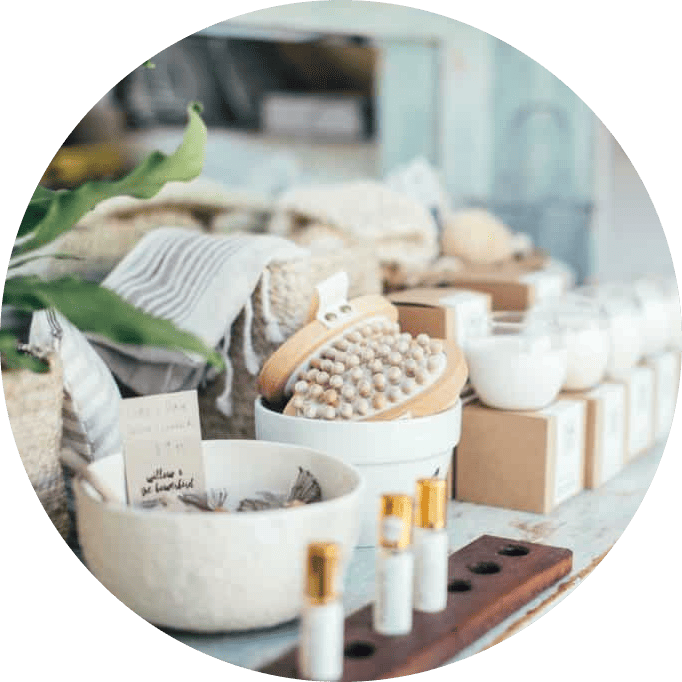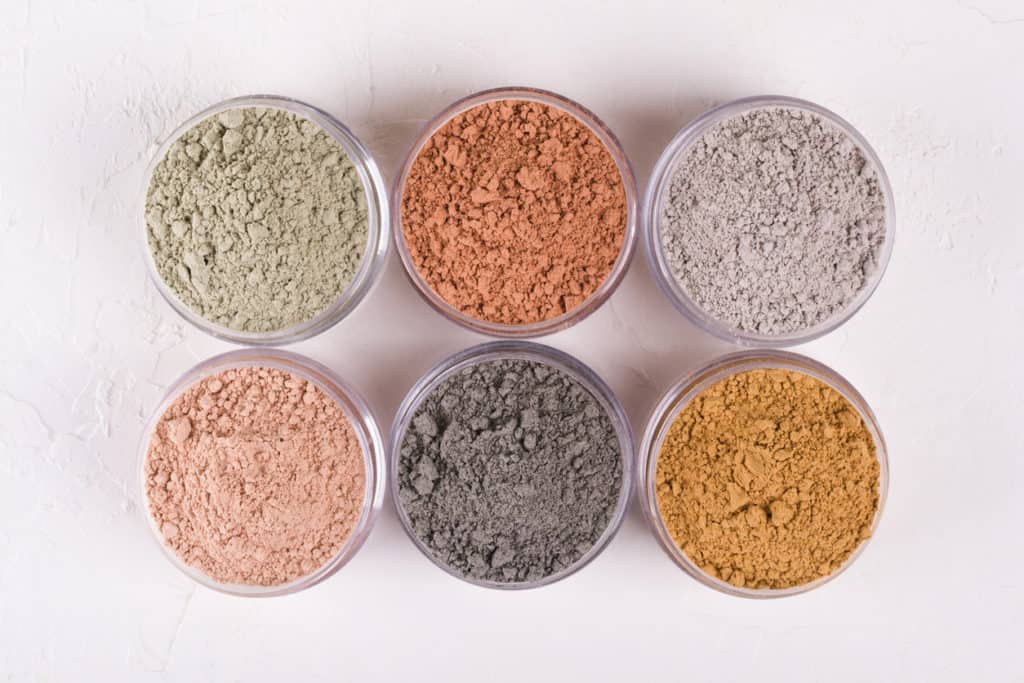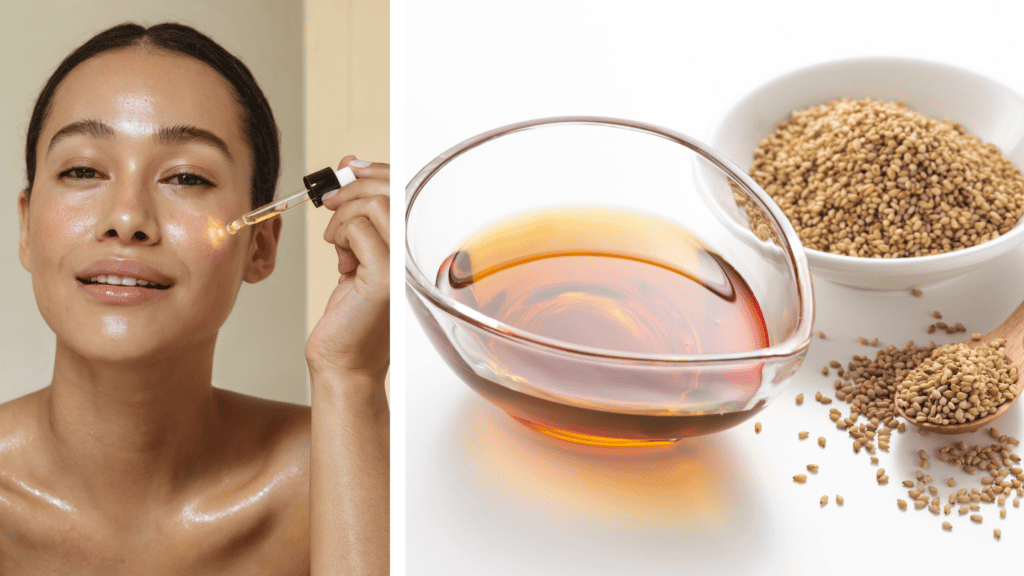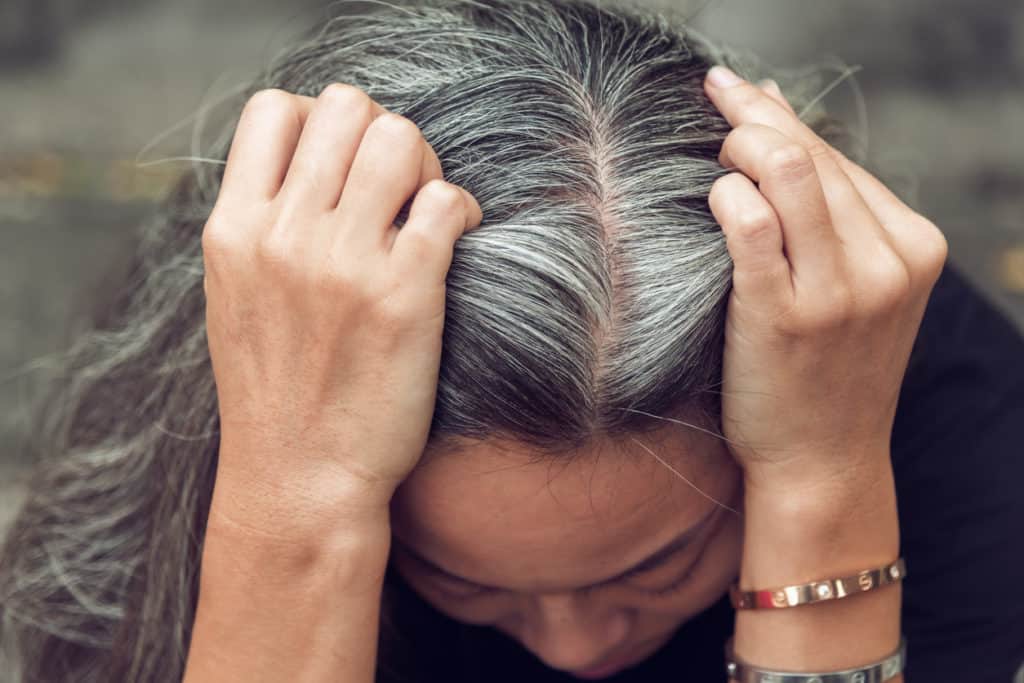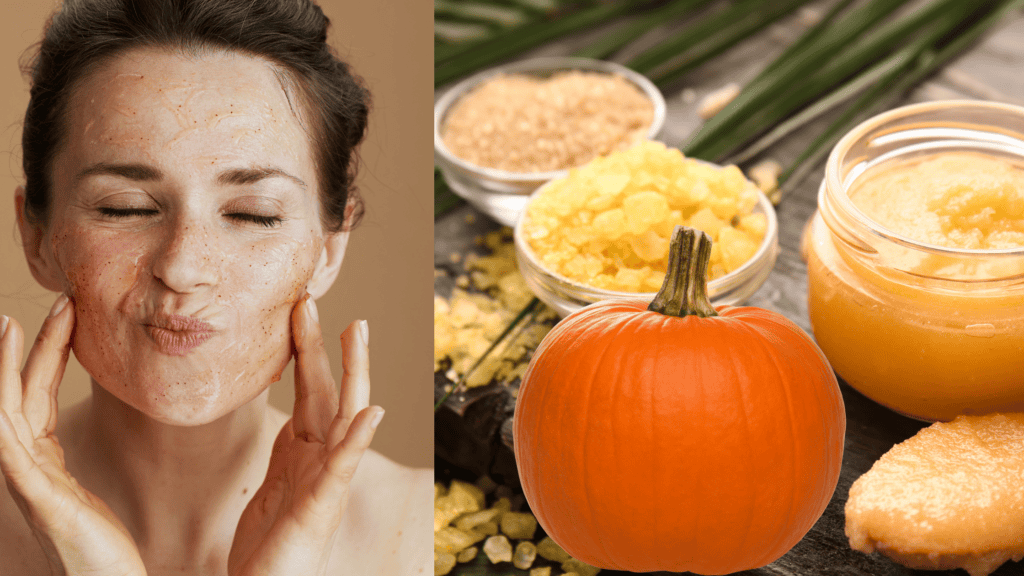Clay is one of nature’s incredible natural resources. It has been used as a potent healer throughout history, both internally and externally. Its natural ability to pull toxins from the body makes it an ideal ingredient for cleansing and detoxifying the skin and for face mask recipes!
Clay is an excellent skincare ingredient and a simple, natural addition to DIY recipes for cleansing and moisturizing the skin. It is natural, readily available, and needs to be minimally processed. Clay is still used worldwide for detoxification!
Consider your skin type and issues when choosing clay for DIY face masks. The right clay for your skin concerns will give you the best results!
Look to buy.
- Bentonite Clay* for oily, pimpled, acne-prone skin
- Fullers Earth* for Hyperpigmentation
- Rhassoul Clay* for dry, more mature skin
- French Green Clay* for problem skin
- White Kaolin Clay* for sensitive skin
- French Yellow Clay* for dull, tired skin
We use affiliate links marked by an *; if you purchase through these links, we may earn a small commission, which will not affect your sales.
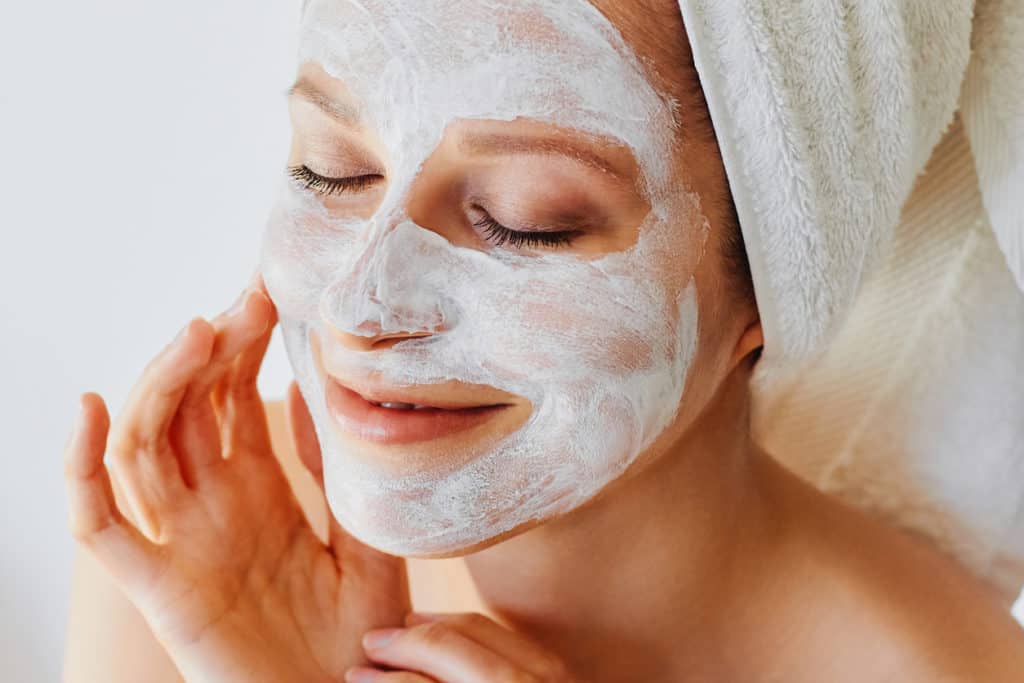
What is Cosmetic Clay?
Clay comes from soils, volcanic deposits, and silicate rocks exposed to the elements over many years. These differing weather and climate conditions produce many minerals deposited together to form clay.
The 75 minerals in the Montmorillonite clays are highly beneficial to the Skin. The most common minerals in clay deposits are silicates, iron, aluminum hydrous oxide, and mica.
Clay’s ability to swell in water makes it highly absorbent. It attaches to toxins and impurities, like dirt and oil, pulling them out of the Skin.
Clay has been used for centuries to cleanse, treat, and heal various skin conditions. Queen Cleopatra, renowned for her alluring beauty, used clay in her beauty routines to keep her skin hydrated and nourished!
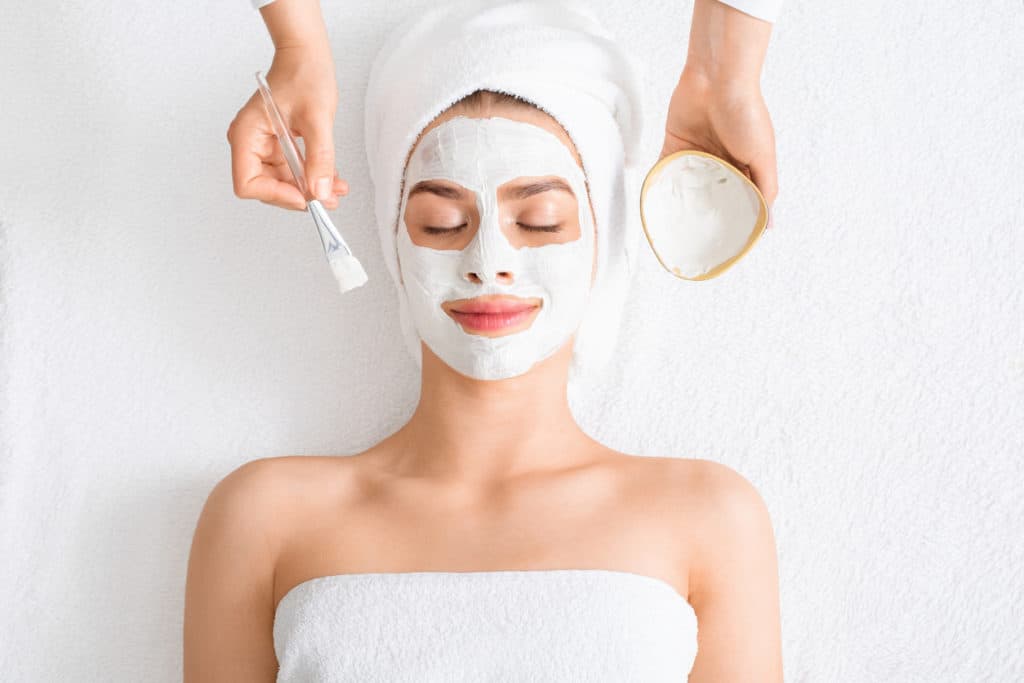
How To Make Cosmetic Clay Face Masks By Skin Type/Condition!
While you can use all types of clay for your skin conditions, some properties lend themselves to different skin types. You may end up with another clay you prefer—no rules!
Bentonite Clay Face Mask For Acne Skin Conditions!
Bentonite Clay is a highly absorbent clay named after Fort Benton, Montana. The most abundant source of his type of clay is found here because of its numerous volcanoes.
Bentonite clay face masks are versatile and valuable for treating acne, blemishes, spots, and other irritated skin conditions!
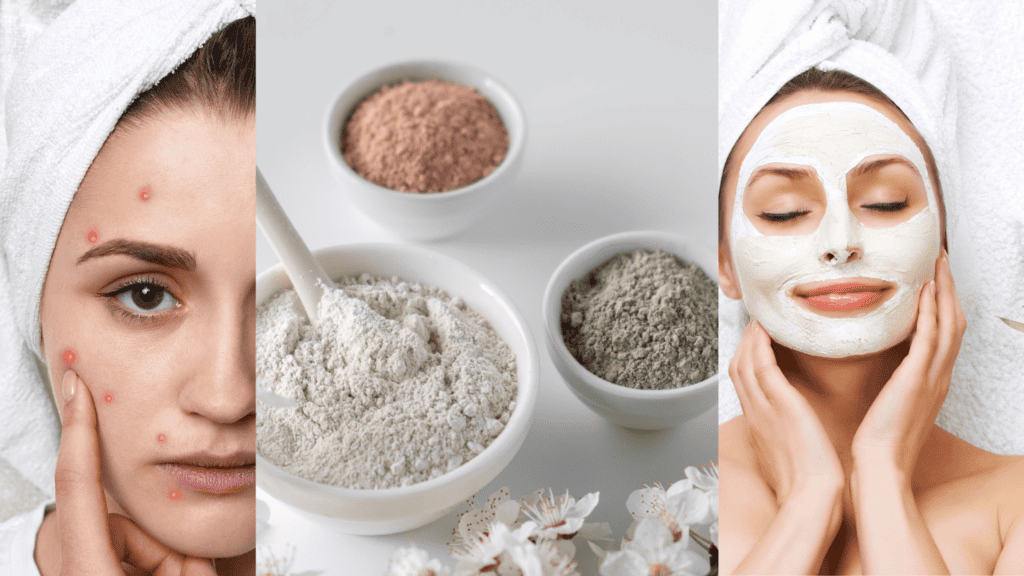
*Buy Bentonite Clay for its incredible ability to cleanse and detoxify. It calms and helps treat oily, pimpled skin conditions. It absorbs into the pores to remove oils and dirt. Clays’ ability to gently bind to debris on the Skin makes them ideal face masks.
Recipe For Healing Bentonite Clay And Hempseed Oil Face Mask For Acne/Problem Skin Conditions.
Fuller’s Earth Clay Mask For Hyperpigmented Skin!
Fuller’s Earth consists of clay minerals such as bentonite, attapulgite, and kaolinite. It is a great clarifier and cleanser for the skin, and is an active and inactive ingredient in cosmetic products, making it great for DIY face masks!
Buy Fuller’s Earth*, the whitening clay, as a well-known treatment for hyperpigmentation. It helps fade and balance the skin’s dark spots and patches, and brightens it!
Most of Fuller’s Earth comes from the USA and, to a lesser extent, Japan, Mexico, and England.
A Recipe for Fuller’s Earth and Aloe Vera clay Face mask for hyperpigmentation.
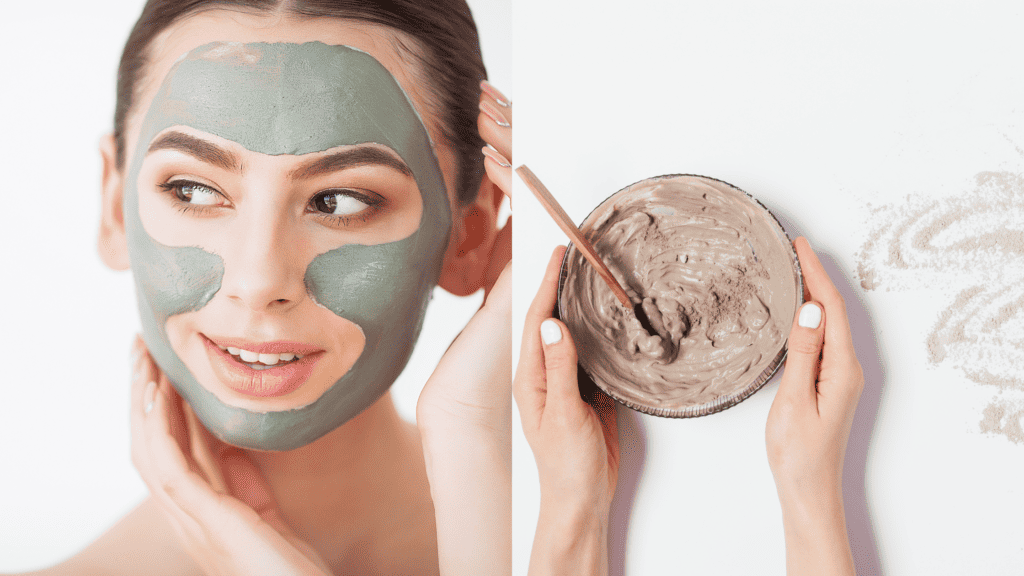
Rhassoul Clay Face Mask For Dry, Mature Skin!
Rhassoul clay, often known as Ghassoul Clay or Moroccan Clay, is named after the Moroccan word Rhassala, meaning to wash. It comes from Morocco’s fertile mountainous regions and has been an ingredient in numerous beauty applications for thousands of years.
Buy Rhassoul Clay* for its ability to bind to toxins. It can help speed up skin regeneration and renewal by sweeping away old skin cells, leaving a smoother, more youthful complexion.
Use Rhassoul clay face masks for more sensitive skin or aging, as they are gentler than Bentonite clay.
DIY recipe for an anti-aging Rhassoul clay face mask with raw cacao and coffee bean oil will smooth lines and wrinkles and rejuvenate the complexion.
French Green Clay Face Mask for Problem Skin!
French green clay has a micro-molecular structure and is highly absorbent and effective for skin care. It is suitable for making DIY face masks for blemished, problem skin, as the clay binds to toxins and gently pulls dirt and impurities from it!
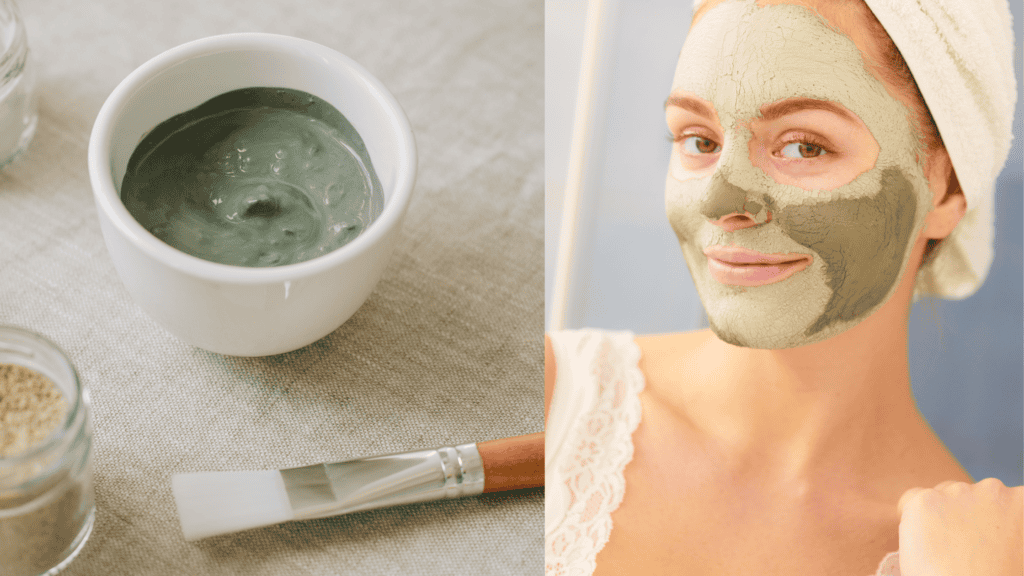
French Green Clay naturally occurs in France, China, Montana, Wyoming, and other parts of Europe. It gets its green color from iron oxide and decomposed plants.
Buy French Green Clay* for its skin-healing ingredients. Its antiseptic and anti-inflammatory properties can be used for face masks that calm eczema, psoriasis, and other inflammatory skin conditions!
- ★ 𝐊𝐄𝐄𝐏 𝐓𝐇𝐄 𝐒𝐊𝐈𝐍 𝐇𝐘𝐃𝐑𝐀𝐓𝐄𝐃: It naturally contains essential vitamins and essential fatty acids that keep the skin hydrated. You can use this on your entire body (avoiding the eye area) and you will get amazing results.
A Recipe for French Green Clay and Matcha Green Tea Face Mask for Problem Skin.
Make more green clay DIY face masks for specific skin concerns here!
White Kaolin Clay For Sensitive Skin.
White Kaolin Clay, often known as white clay or China clay, is delicate, light, and versatile. It suits sensitive skin and hails from wet, humid conditions, including the USA.
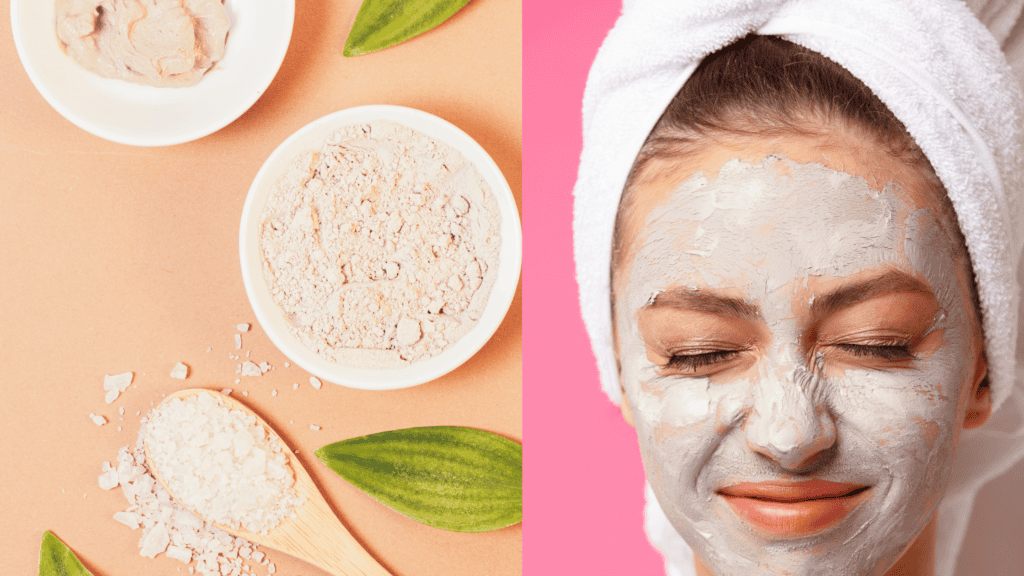
Buy White Kaolin Clay* for DIY face masks for sensitive skin. This skin type benefits significantly from clays’ varying natural mineral content, like calcium, magnesium, potassium, and iron. These minerals are absorbed by and beneficial in nourishing and balancing the skin.
- Pure white Kaolin Clay with a very soft, fine texture. Fragrance free.
- Mild and pH neutral. Great for dry and sensitive skin. Calms inflamed and irritated skin.
- Detoxes and clears pores. Absorbs excess oil. Gently exfoliates.
A Recipe for White Kaolin Clay and Manuka Honey Face Mask for Sensitive Skin.
Yellow Clay Face Masks for Dull, Tired Skin.
Yellow clay’s unique, sunny color comes from its varied mineral composition, including iron oxides. Face masks with this clay are very beneficial for dull skin and have excellent exfoliating properties.
Yellow clay absorbs oil and sloughs off dead, dry skin, leaving the complexion refreshed and rejuvenated.
Buy French Yellow clay* when the skin appears lackluster to revive, tone, firm, and refresh.
Recipe for a Homemade Yellow Clay Face Mask with Pumpkin and Turmeric that will revive and glow up your complexion.
How To Make A Basic Cosmetic Clay Face Mask?
Making an essential cosmetic clay face mask is very simple. You can start with white kaolin and French green clays, which are fine, soft clays suitable for sensitive or normal skin and easy to mix and apply.
- Use one to two tablespoons of clay powder.
- Add three to four tablespoons of filtered water, apple cider vinegar*, or rose water.
- Mix into a paste thick enough to stick to the skin.
- Adjust to the consistency you desire.
Use glass, plastic, or wood implements as metal affects clay’s charge and makes it less effective.
- Apply the clay in thin layers to a clean, damp face. Leave the clay on for ten to fifteen minutes. DO NOT LET THE CLAY MASK DRY FULLY. The longer the clay is on, the more potential it has to dry the skin.
The clay’s mineral content will nourish your skin. As the face mask begins to dry, it will tighten the skin, stimulating blood flow and leaving it firm, taut, and refreshed.
- Remove the clay face mask with a warm, damp washcloth, press it to the face, and leave it for a few minutes to loosen the clay before gently rinsing off. The skin should feel firm and rejuvenated. If any redness has occurred, it will gradually lessen over the next few minutes.
- Hydrate the skin with a soothing natural oil, like Argan or Jojoba Oil.
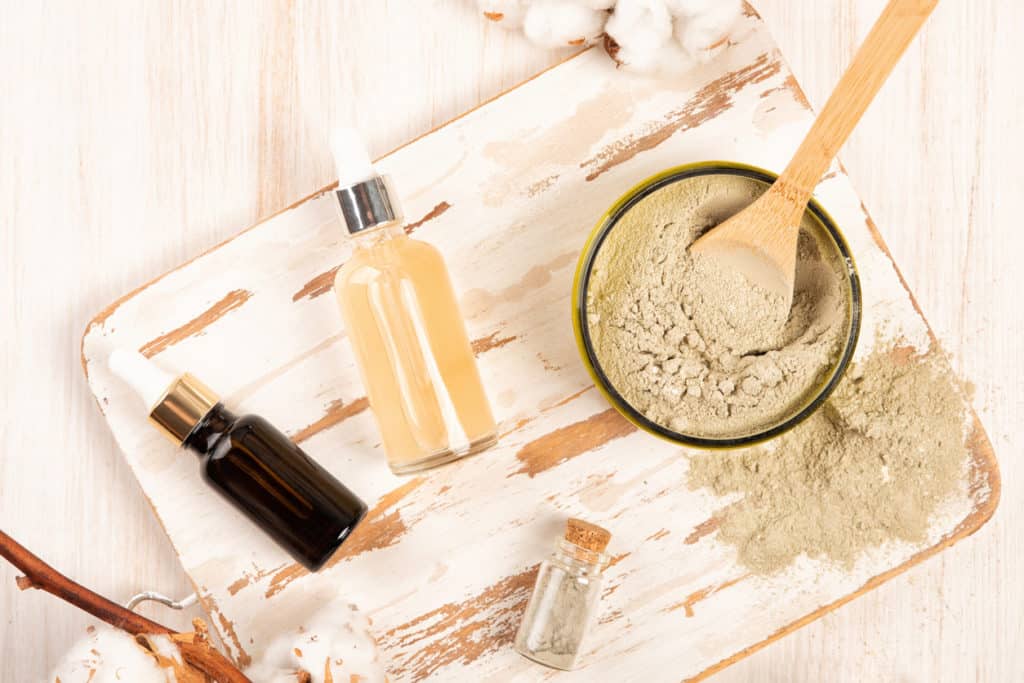
How Often Can You Use A Clay Face Mask?
Clay face masks are suitable for normal skin and should be used once a week to cleanse and clarify. Clay can be dry, so choose delicate white and green clays or Rhassoul clay, suitable for drier skin types.
People with problematic, oily, or acne-prone skin can experiment with using face masks more frequently. Mix with a few drops of oil, like Jojoba or Argan, and read this post on skin-beneficial essential oils that you can add for extra skincare benefits and moisturization.
Experiment with your recipes. By using trial and error, keeping your skin type in mind, you can develop some great natural solutions for your skin.
This post contains affiliate links, marked by a *. If you purchase through these links, we may earn a small commission that does not affect your sale.
Glowitgreen.com is a member of the Amazon affiliate link program.
Contact us at hola@glowitgreen.com!
